Gold (XAU/USD) tumbled from fresh highs near $2,365 early Wednesday after a surprisingly strong US Consumer Price Index (CPI) report for March. Headline inflation rose 3.5% annually, exceeding expectations of 3.4% and the prior 3.2% reading. Core CPI (excluding volatile food and energy) also increased steadily at 3.8%. This inflation data fuels speculation that the Federal Reserve (Fed) may delay interest rate cuts.
Market Movers: Gold Declines, USD and Yields Rise
Persistently elevated inflation dampened expectations for a near-term Fed pivot toward rate cuts. This scenario favors interest-bearing assets, boosting 10-year US Treasury yields to 4.5% and the US Dollar Index (DXY) to 105.00. Hotter-than-expected CPI raises uncertainty about the potential for Fed rate cuts this year. Historically, prolonged periods of higher interest rates increase the opportunity cost of holding non-yielding assets like Gold, putting downward pressure on prices. However, recent weeks have seen a break in this pattern, with robust Gold demand persisting even as expectations for June/July Fed rate cuts faded.
Factors Fueling Gold’s Recent Rise and Correction
Recent geopolitical tensions in the Middle East, safe-haven demand, and strong central bank buying have supported the recent run-up in Gold prices. The Israeli-Palestinian conflict further bolsters safe-haven demand. However, overbought momentum indicators and the strong US inflation data triggered a correction.
Technical Outlook: Pullback from Highs, Key Support Levels
While near-term Gold demand remains strong as evidenced by the upward-sloping Exponential Moving Averages (EMAs), the price retreated sharply from fresh highs near $2,360. Key support lies at the March 21st high of $2,223. The Relative Strength Index (RSI) reached 85.00, signaling strong bullish momentum but also potentially overbought conditions that could lead to a temporary pullback.

